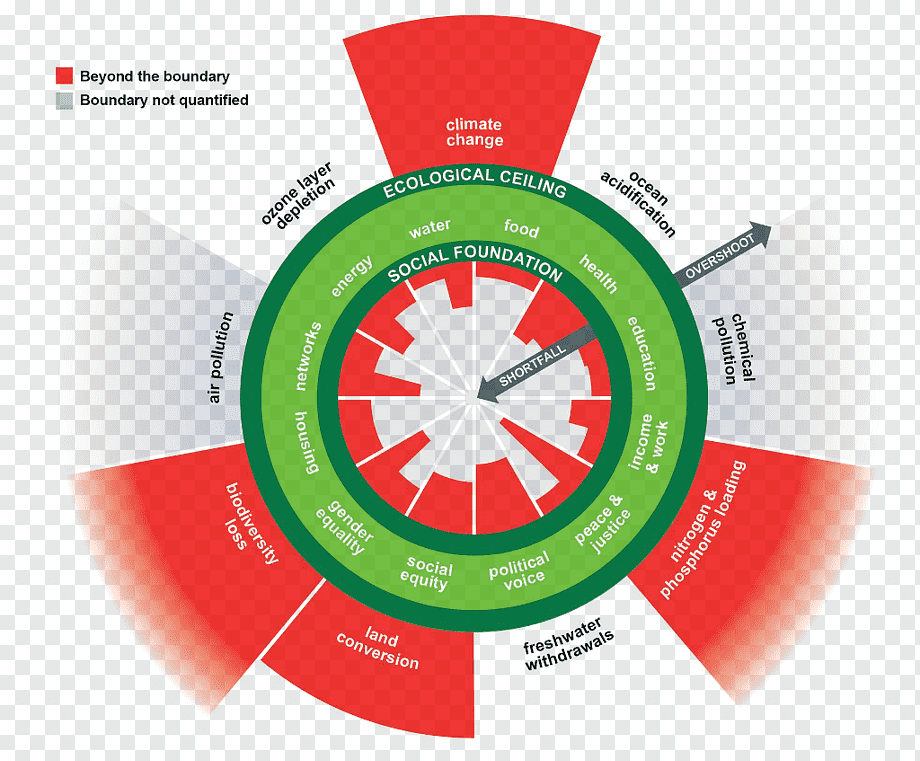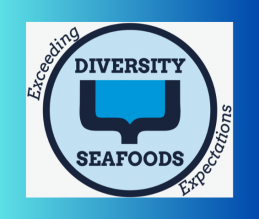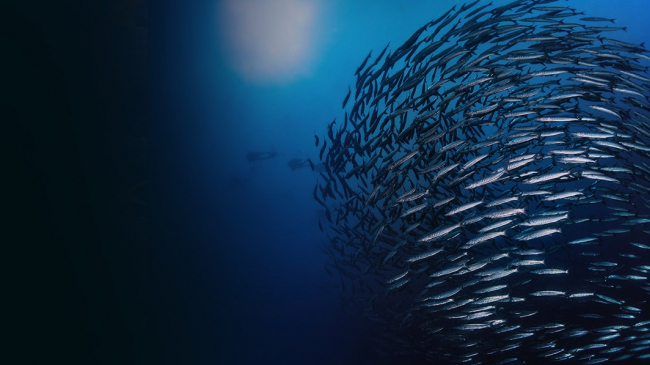
Sustainability is a Progression not a Destination.
In addressing the critical issues pertaining to sustainability it is imperative that we understand the key elements of sustainability in order to responsibly address the challenges ahead.
“Sustainability is striking a balance between, meeting the needs of current and future generations within social and ecological boundaries”.
The good news is “IT’S IN OUR HANDS” The bad news is “IT’S IN OUR HANDS”.

The Facts.
WHY SHOULD WE CARE ABOUT OUR OCEANS.
Lets look at the facts.
The oceans drive global systems that makes the earth habitable for humankind. Our rainwater, drinking water, weather, climate, coastlines, much of our food, and even the oxygen in the air we breathe are all ultimately provided and regulated by our oceans.
Careful management of this essential global resource is critical for a sustainable future.
1. Co2; Oceans absorb 30% of the carbon dioxide produced by humans buffering the impacts of global warming.
2. Emissions; Carbon emissions from human activities are causing ocean warming, acidification and oxygen loss.
3. The Air we breathe; Our oceans provides over half our worlds oxygen and stores 50 times more carbon dioxide than our atmosphere.
4. Climate Regulation; Our oceans cover over 70% of our planets surface transporting heat from the equator to the poles. This regulates our climate and weather patterns.
5. Transportation, 80% of global food is transported by sea.
6. Global Economy; Our worlds oceans contributes $1.5 trillion annually providing millions of jobs across related industries.
Our Oceans & Seafood.
Because fish lies hidden beneath the waves and can travel thousands of miles over their lives, it is not very easy to monitor their sizes and populations like you can with animals on land. The expansiveness of our oceans makes it extremely challenging to manage and, with its vastness makes it incredibly difficult to ensure everyone is adhering to fishing regulations.
If fishing boats capture fish quicker than their populations can replenish naturally through reproduction, their numbers will start to fall or collapse which is occurring and has occurred. Overfishing does not just harm the targeted species it also impacts ecosystems and habitats negatively affecting the species that fish would normally rely on and consume as their food source.
For hundreds of years we humans have thought that because of the vastness of our oceans seafood supply was infinite and our actions did not have consequences. We now know that this is not the case. Our actions have had far reaching effects and we are now facing the consequences. Stock’s of fish in our oceans across all species are threatened and in decline with sustainable management critical for future conservation.
The impacts will not abate with responsible management. Future challenges in the decades ahead with predicted population growth requires that we act sustainably in order to preserve our ecosystems, oceans and our future. Between now and 2050 the worlds population will increase by 1.2 billion. That is 27 years from now. Lets look at at the reality that this presents to our oceans and how we manage these challenges sustainably.
Please refer to the United Nations SDG’s at https://sdgs.un.org/goals
Our Legacy - A Habitable Or Uninhabitable Planet
- Human activity is putting unprecedented stress on Earths’s life-giving systems.
- Global average temperatures has already risen by 0.8 degrees celsius and we are on track for an increase of almost 4 degrees celsius by 2100.
- This will threaten a scale and intensity of floods, droughts, storms and sea-level rise that humanity has never before witnessed.
- Around 40% of the worlds agricultural land is now seriously degraded and contaminated.
- By 2025 two out of three people worldwide will live in water-stressed regions.
- 80% of worldwide fisheries are fully or over-exploited.
- One refuse truck of plastic is dumped into our oceans every minute.
- By 2050 there will be more plastic than fish in our oceans.
- Out of sight our of mind is no longer an acceptable practice irrespective of your geographical location.
- Global population stands today at 7.3 billion.
- Population will increase to 10 billion by 2050 levelling off at around 11 billion by 2100.
- Global economic output is projected to grow by 3% per year until 2050.
- This will double the size of the global economy by 2037 trebling it by 2050.
- The global middle-class those spending between $10 to $100 a day is expected to expand from 2 billion to 5 billion by 2030.
- This will bring a surge in demand for construction and consumer products globally.
- These are the present trends that shape humanities prospects into the future.
- Madness is defined as “doing the same thing, expecting different results”.
Sustainability For Future Generations.
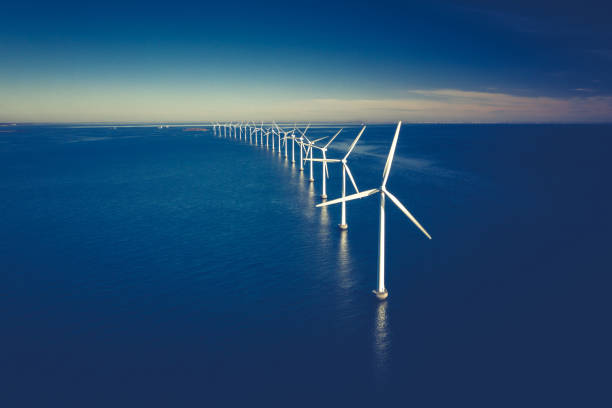
“Our insatiable need to provide convenience in our daily lives has blindsided us to the reality that fulfilling this need has put our environment and planet in peril. What has taken millions of years of evolution to create humankind has, in a very short period of time, brought to the point of collapse “.
Paul O Boyle.
Diversity Seafoods.
Diversity Seafoods & Sustainability.
It Is Time To Thrive In Balance.
Diversity Seafoods Has Adopted The Doughnut Economics Framework As Our Pathway To A Sustainable Future.
The Framework.
Doughnut Economics is centered on the “Doughnut Model”, a “COMPASS FOR HUMAN PROSPERITY”.
The models outer ring consists of a variety of planetary boundaries which societies have and may overshoot (ecological boundaries).
Its inner ring represents the social benchmarks on which they may fall short (social boundaries).
The Doughnut Economics framework is being adopted globally by Governments and business collectively.
Learn more at. www.doughnuteconomics.org
Doughnut Economics Model
A Sustainable Economic Future Worth Striving For.
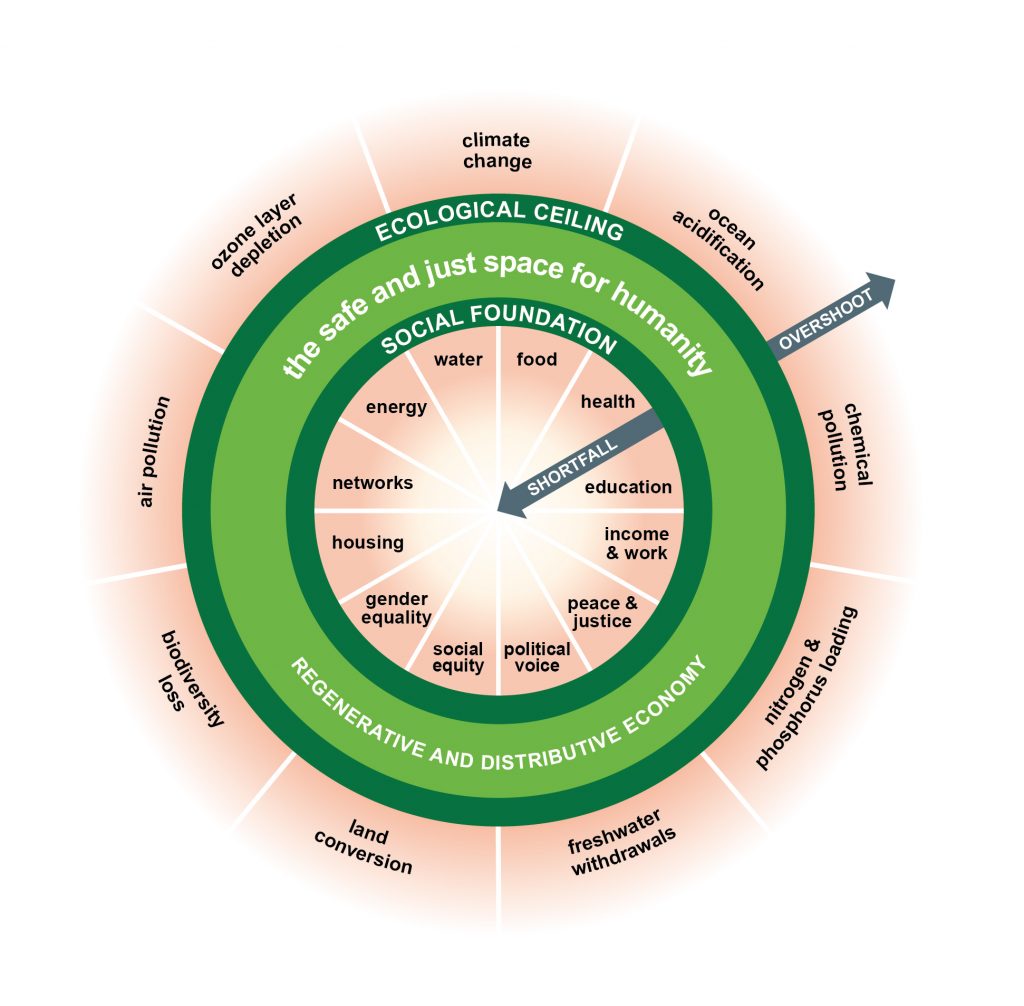
Present Day Planetary Selfie 2023
